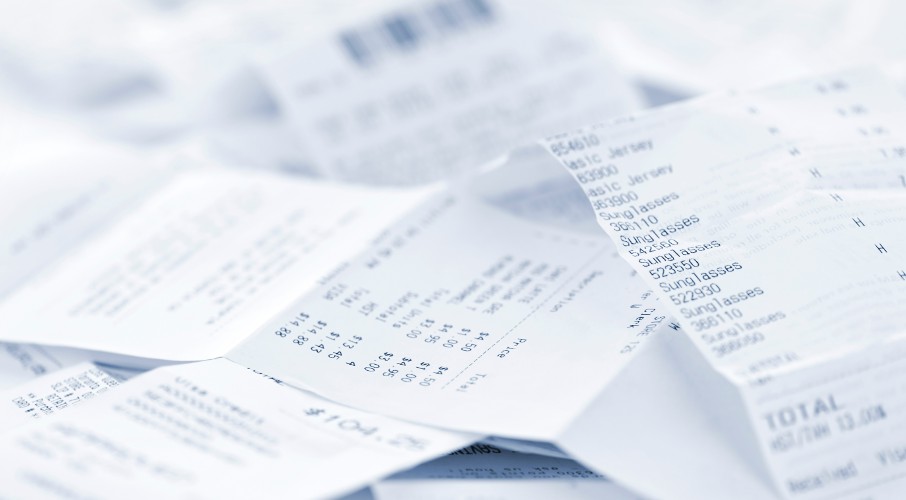While online, EFTPOS, and contactless payments have made it easier than ever for customers to pay—they can also be more complex for small-business owners to navigate legally.
In Australia, there are clear rules around providing a proof-of-purchase receipt for transactions over $75. These receipts aren’t just good practice—they’re a legal safeguard for both you and your customers.
In this guide, we’ll cover what counts as proof of purchase, why it’s important, and how to stay compliant with the law while managing receipts efficiently.



















